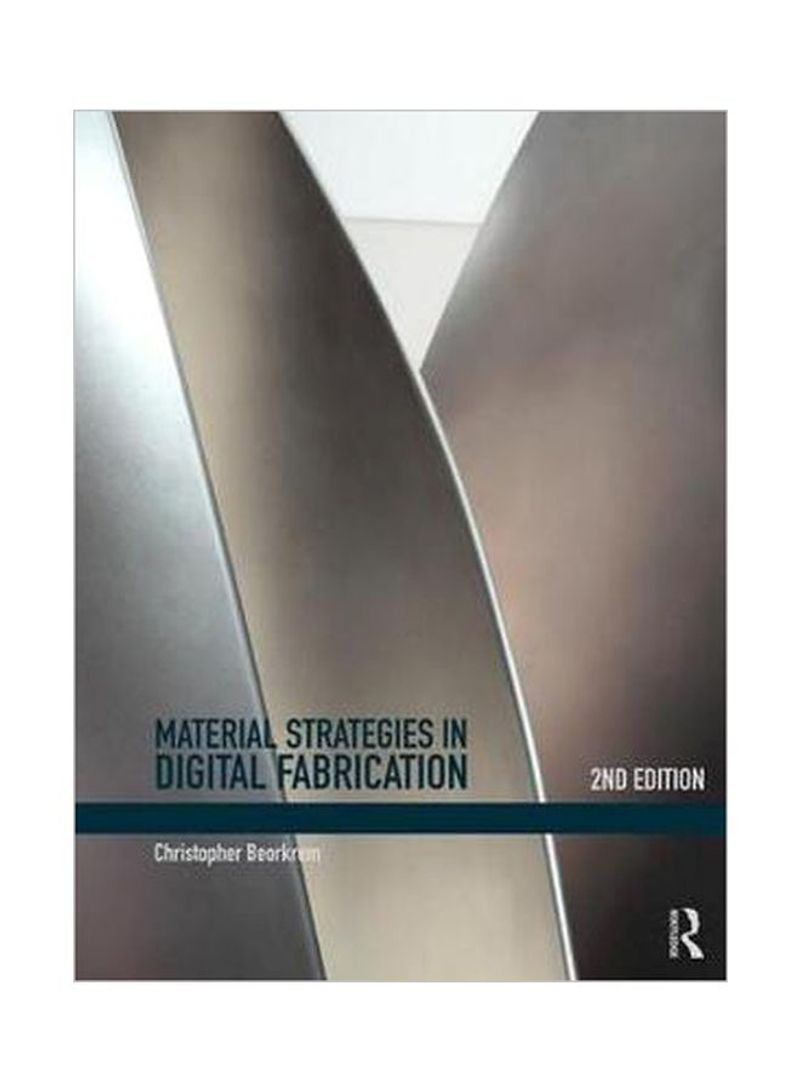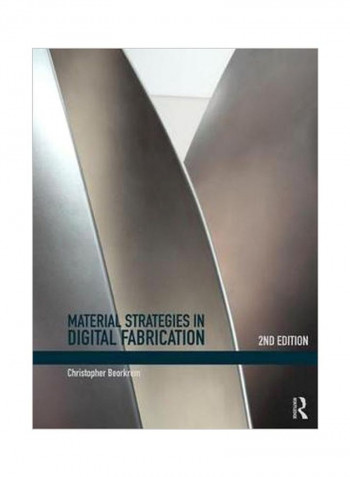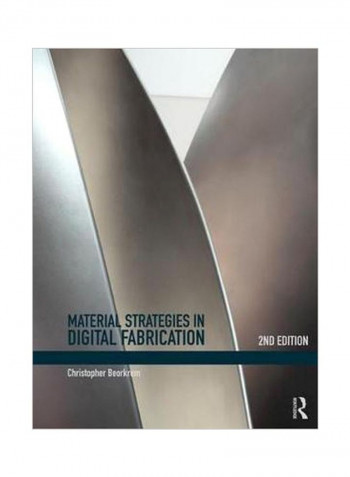Material Strategies In Digital Fabrication Paperback 2
Recommend
Sort by
Rating
Date
Specifications
Author 1
Christopher Beorkrem
Book Description
In this second edition of Material Strategies in Digital Fabrication are new case studies, improved wayfinding, the inclusion of composites and plastics, and references to similar strategies between different projects. In 400 step-by-step diagrams dissecting 39 case studies in 10 countries on 3 continents, the book shows you how material performance drives the digital fabrication process and determines technique. The book identifies the important characteristics of each material, including connection types, relative costs, deformation, color, texture, finish, dimensional properties, durability, and weathering and waterproofing to link design outcomes to form. The book is divided into five main chapters by material; wood, metal, concrete/masonry, composites/plastics, and recycled/pre-cycled, to help you reference construction techniques for the fabrication machines you have on-hand. Includes projects by SHoP Architects, Gramazio & Kohler, Schindlersalmeron, The Institute for Computational Design (Achim Menges, Patkau Architects,Sebastien Wierinck, Blue Dot Furniture, Marble Fairbanks, Studio Gang Architects, Macdowell.Tomova, Thomas Heatherwick Studio, Heather Roberge, MX3D, Matsys, Asbjorn Sondergaard, Block Research Group (Phillipe Block), Ball Nogues Studio, Matter Design, WORK Architecture Company, and SoftLab.
ISBN-10
1138654205
ISBN-13
9781138654204
Language
English
Publisher
Taylor & Francis Ltd
Publication Date
05-Sep-17
Number of Pages
256
About the Author
Christopher Beorkrem is associate professor of architecture at the University of North Carolina, Charlotte.
Edition Number
2
Editorial Review
"Beorkrem's new book brings together what an inquisitive mind desires - an unravelling of the complexities and contradictions found in the built form. In each carefully selected case study, he systematically picks apart the design intentions, tools capabilities and material limitations, and reveals the real invention and experimentation behind the photogenic work. This book introduces a different mode of formal analysis that acknowledges a new form of design intelligence. It succeeds in demystifying the problems of complex forms, and makes a renewed attempt in connecting architects deeply with the tools that are increasingly available in fabrication plants around the world." H. Koon Wee, director of SKEW Collaborative and assistant professor, faculty of architecture, University of Hong Kong



